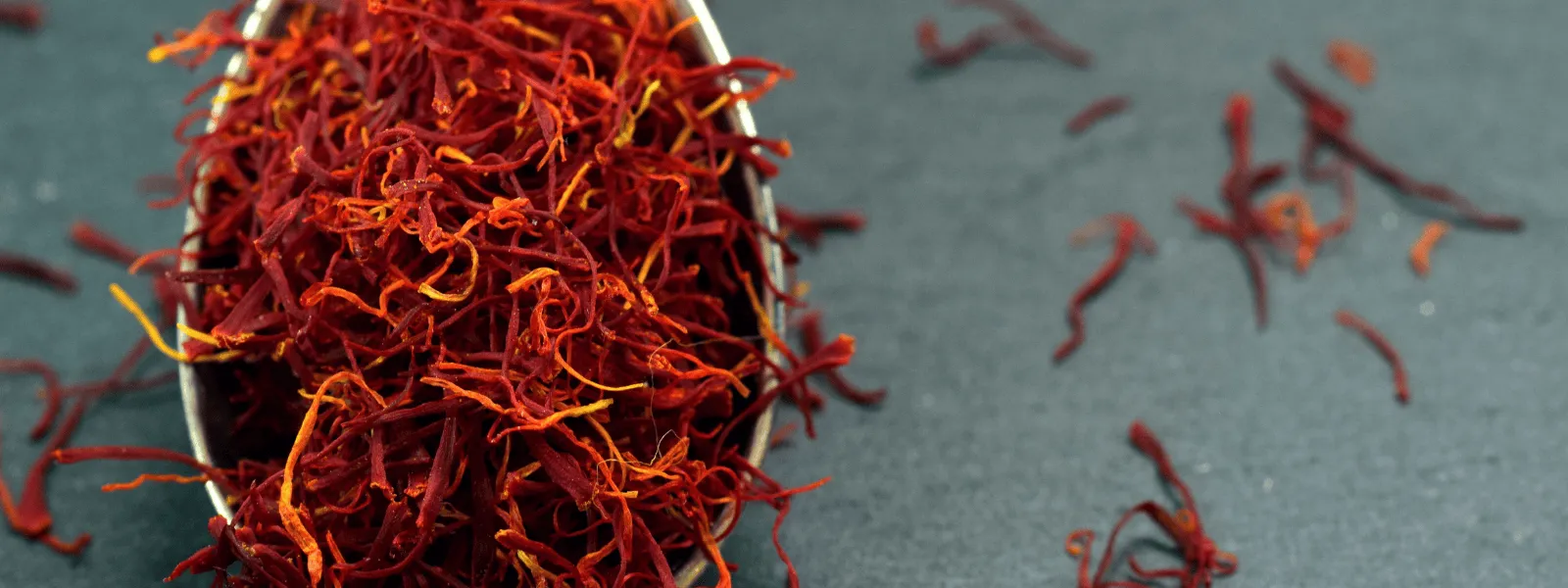The Enchanting Beauty of Kesar Flowers: A Complete Guide

Buy Minimum of Rs. 499 to Get Free Shipping on Cash on Delivery

Are you ready to immerse yourself in the mesmerizing world of kesar flowers? These delicate blooms, also known as saffron flowers, hold a special place in many cultures and have captivated people for centuries. In this comprehensive guide, we will explore everything you need to know about kesar flowers, from their origins and cultivation to their fascinating uses and health benefits.
The kesar flower, scientifically known as Crocus sativus, is native to Asia Minor and has been cultivated for over 3,500 years. The word 'kesar' is derived from the Persian word 'za'faran,' which means 'yellow.' This is a fitting name, as the vibrant orange-red stigmas of the kesar flower are the source of the highly prized spice known as saffron.
Kesar flowers are small, purple flowers that bloom in autumn. Each flower produces only three stigmas, which are painstakingly hand-picked to obtain saffron. The cultivation of kesar flowers requires specific conditions, including well-drained soil, plenty of sunlight, and a cool climate. They thrive in regions with hot and dry summers and mild winters, such as Iran, India, and Greece.
Harvesting saffron is a labor-intensive process that demands great care and precision. The flowers must be harvested early in the morning when they are still closed, to preserve the delicate stigmas. Skilled farmers delicately pluck each stigma by hand, ensuring no damage is done to the fragile flowers. This meticulous process contributes to the exclusivity and high price of saffron.
Kesar flowers are primarily cultivated for their valuable spice, saffron. Saffron is widely used in various cuisines around the world, adding a distinct flavor, aroma, and vibrant golden color to dishes. It is a key ingredient in traditional dishes like paella, biryani, and risotto. Additionally, saffron is used in the preparation of teas, desserts, and even certain beverages.
Besides its culinary applications, saffron is also renowned for its numerous health benefits. It contains several bioactive compounds with antioxidant, anti-inflammatory, and anti-cancer properties. Saffron has been used in traditional medicine for centuries to alleviate symptoms of depression, improve mood, and enhance cognitive function. It is also believed to possess aphrodisiac properties and aid in digestion.
The enchanting allure of kesar flowers has not gone unnoticed by millennials, who are increasingly seeking unique and Instagram-worthy experiences. Kesar flower fields have become popular destinations for millennials looking to capture stunning photographs and immerse themselves in the beauty of nature. The vibrant colors and delicate blooms make for an ideal backdrop, whether it's for a spontaneous photoshoot or a serene picnic with friends.
Kesar flowers have long been a symbol of inspiration and creativity. Their vibrant colors and delicate petals have inspired poets, artists, and designers throughout history. The intoxicating aroma and rich hue of saffron have found their way into perfumes, cosmetics, and even textiles. The allure of kesar flowers continues to spark the imagination and kindle the creative spirit in individuals across the globe.
Kesar flowers, with their vibrant colors and rich history, are a true marvel of nature. From their humble origins to their valuable spice and health benefits, these delicate blooms continue to captivate and inspire. Whether you're a culinary enthusiast, a nature lover, or simply seeking a touch of beauty in your life, kesar flowers are sure to leave a lasting impression.